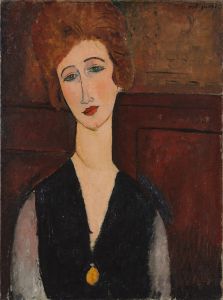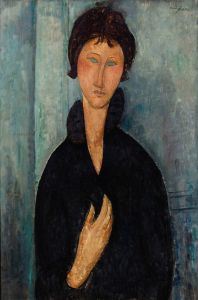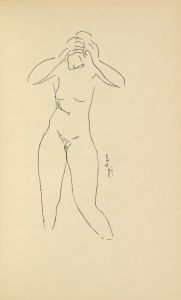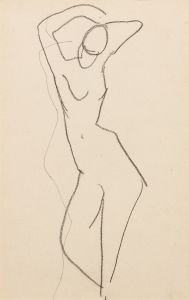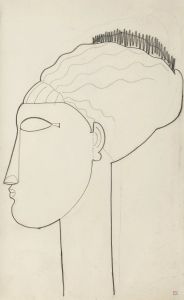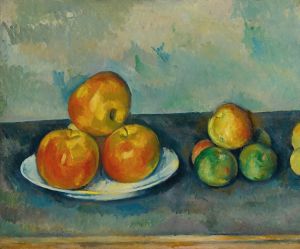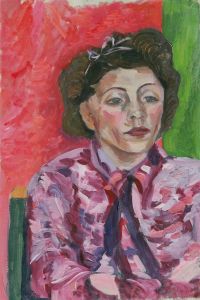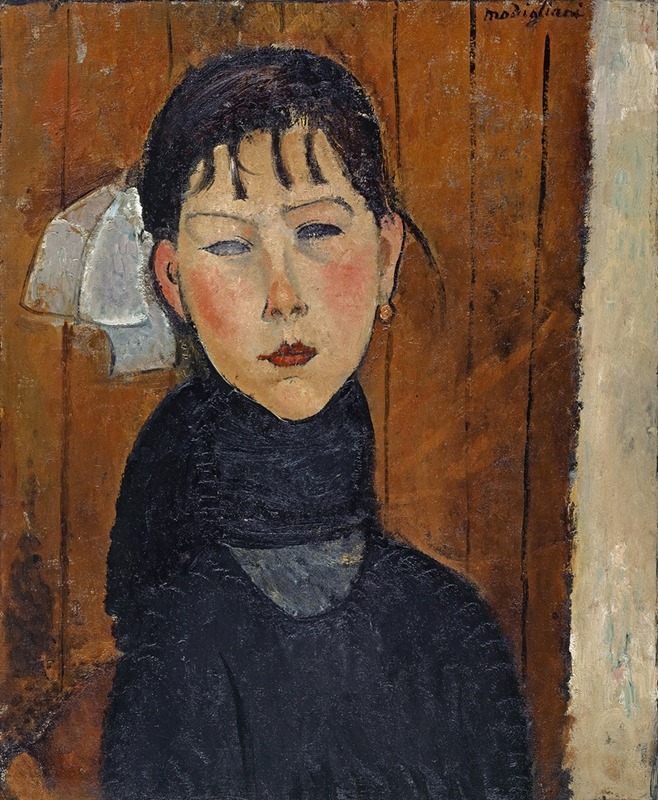
Marie
A hand-painted replica of Amedeo Modigliani’s masterpiece Marie, meticulously crafted by professional artists to capture the true essence of the original. Each piece is created with museum-quality canvas and rare mineral pigments, carefully painted by experienced artists with delicate brushstrokes and rich, layered colors to perfectly recreate the texture of the original artwork. Unlike machine-printed reproductions, this hand-painted version brings the painting to life, infused with the artist’s emotions and skill in every stroke. Whether for personal collection or home decoration, it instantly elevates the artistic atmosphere of any space.
Amedeo Modigliani, an Italian painter and sculptor, is renowned for his distinctive style characterized by elongated forms and faces. Among his many works, "Marie" stands out as a notable example of his portraiture. Painted during the early 20th century, this piece reflects Modigliani's unique approach to capturing the essence of his subjects.
Modigliani was born in Livorno, Italy, in 1884, and he moved to Paris in 1906, where he became part of the vibrant artistic community. His work was influenced by various movements, including Cubism and African art, but he developed a signature style that set him apart from his contemporaries. Modigliani's portraits are particularly recognized for their elongated necks and faces, almond-shaped eyes, and a sense of introspection.
"Marie" exemplifies these characteristics. The subject, presumably named Marie, is depicted with the elongated features typical of Modigliani's portraits. The painting captures a serene yet enigmatic expression, inviting viewers to ponder the subject's thoughts and emotions. Modigliani's use of color is subtle yet effective, often employing a muted palette that highlights the sitter's features and the overall composition.
The background of "Marie" is typically understated, a common trait in Modigliani's portraits, which serves to focus attention on the subject. This minimalist approach allows the viewer to engage directly with the sitter, free from distractions. The simplicity of the background contrasts with the complexity of the subject's expression, creating a dynamic interplay between form and emotion.
Modigliani's technique involved drawing directly onto the canvas, often without preliminary sketches. This method allowed him to capture the immediacy and spontaneity of his subjects. In "Marie," this approach is evident in the fluid lines and the natural, unforced posture of the sitter. The painting's composition is balanced and harmonious, reflecting Modigliani's keen sense of proportion and design.
Despite his talent, Modigliani struggled with poverty and health issues throughout his life. His work was not widely recognized during his lifetime, and he often had to sell paintings for modest sums to support himself. It was only after his untimely death in 1920, at the age of 35, that his work gained significant acclaim.
Today, Modigliani's paintings, including "Marie," are celebrated for their emotional depth and distinctive style. They are housed in major museums and private collections worldwide, attracting art enthusiasts and scholars alike. Modigliani's ability to convey the inner life of his subjects through his unique visual language continues to resonate with audiences, ensuring his place in the pantheon of great modern artists.
In summary, "Marie" by Amedeo Modigliani is a testament to the artist's skill in portraiture, characterized by elongated forms, a muted color palette, and an emphasis on the emotional and psychological presence of the sitter. The painting reflects Modigliani's innovative approach and enduring influence in the art world.






